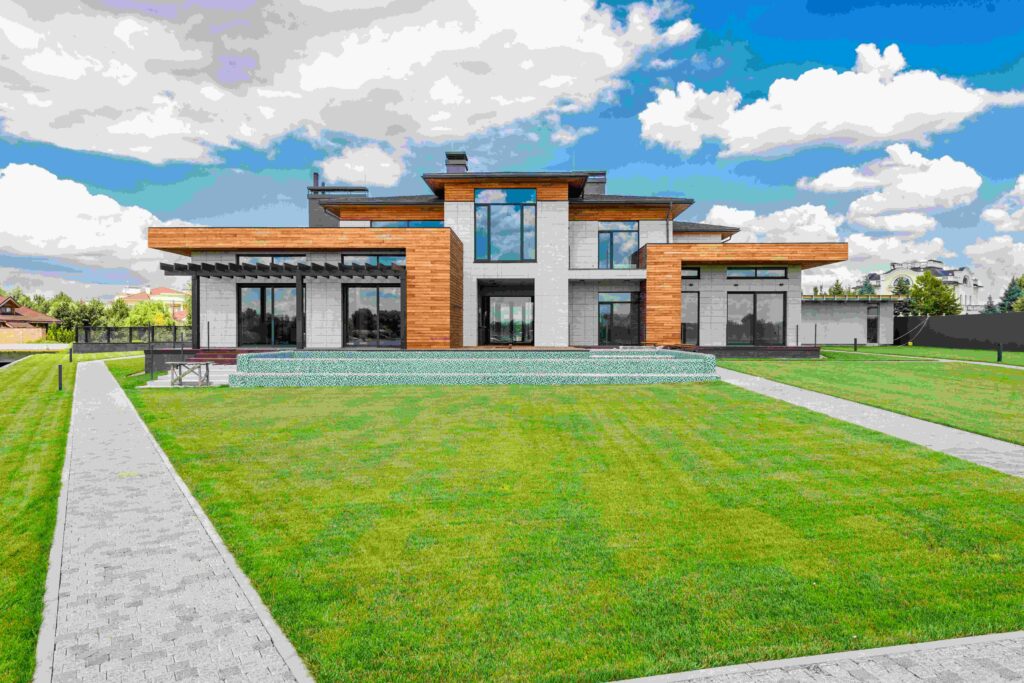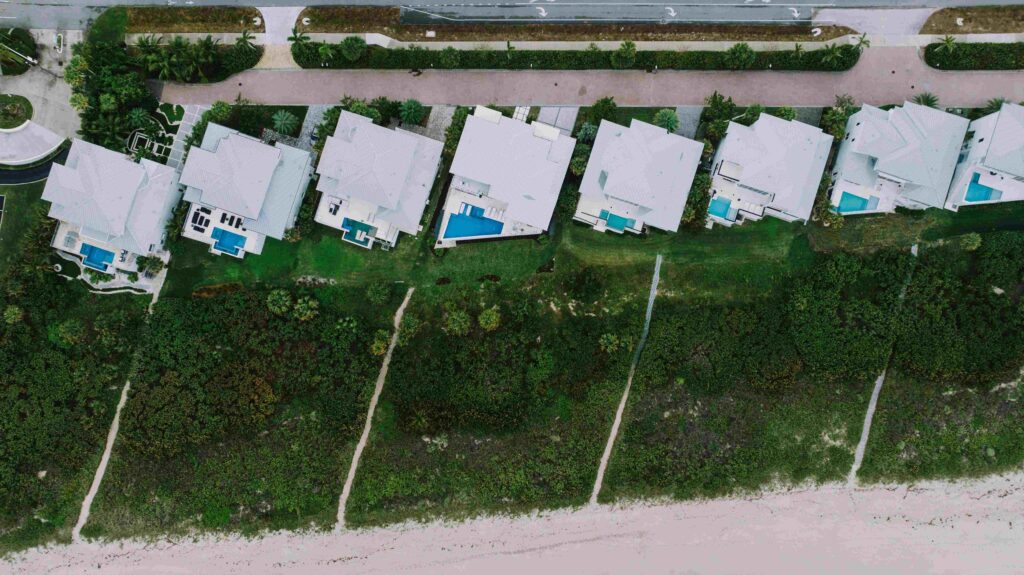
Photo by Max Vakhtbovycn
Introduction
Kenya’s real estate sector continues to exhibit robust growth, driven by urbanization, infrastructural developments, and a burgeoning middle class. As we navigate through 2025, several investment opportunities stand out for their potential to deliver substantial returns. This article delves into the top five real estate investment avenues in Kenya, offering insights for discerning investors.
1. High-End Residential Developments in Nairobi's Prime Areas
Neighborhoods such as Westlands, Kilimani, and Upper Hill remain hotspots for luxury residential investments. These areas attract expatriates, corporate executives, and high-net-worth individuals seeking premium living spaces.
Investment Highlights:
- Consistent demand for upscale apartments and penthouses.
- Proximity to business districts, shopping centers, and international schools.
- High rental yields and property value appreciation.
2. Affordable Housing Projects in Satellite Towns
The Kenyan government’s Affordable Housing Program has spurred developments in satellite towns like Ruaka, Ruiru, and Athi River. These areas offer affordable housing options for the growing middle class.
Investment Highlights:
- Government incentives and support for affordable housing initiatives.
- High demand from first-time homebuyers and young families.
- Potential for significant capital appreciation as infrastructure improves.
3. Mixed-Use Developments in Emerging Urban Centers
Cities like Nakuru, Kisumu, and Eldoret are witnessing a rise in mixed-use developments that combine residential, commercial, and recreational spaces. These projects cater to the evolving lifestyle needs of urban dwellers.
Investment Highlights:
- Diversified income streams from residential and commercial tenants.
- Enhanced property value due to integrated amenities.
- Opportunities to tap into underserved markets in secondary cities.

Photo by Kelly
4. Special Economic Zones (SEZs) and Industrial Parks
Investing in properties within SEZs like Tatu City and Konza Technopolis offers access to tax incentives and infrastructural benefits. These zones are designed to attract businesses, fostering economic growth.
Investment Highlights:
- Attractive fiscal incentives for developers and investors.
- Proximity to major transport corridors and logistics hubs.
Growing demand for industrial and commercial spaces.
5. Hospitality and Short-Term Rental Properties
The tourism sector’s recovery post-pandemic has revitalized interest in hospitality investments, especially in coastal regions like Diani and Malindi. Additionally, urban areas see a surge in demand for short-term rentals catering to business travelers and tourists.
Investment Highlights:
- High occupancy rates in tourist hotspots and urban centers.
- Flexible rental models with platforms like Airbnb.
Potential for premium pricing during peak seasons.

Photo by Wiki15 Canton
Conclusion
Kenya’s real estate landscape in 2025 presents diverse investment opportunities across various segments. Whether targeting luxury residential units, affordable housing, or commercial spaces within SEZs, investors can capitalize on the sector’s growth trajectory. Conducting thorough market research and aligning investments with emerging trends will be key to maximizing returns.

